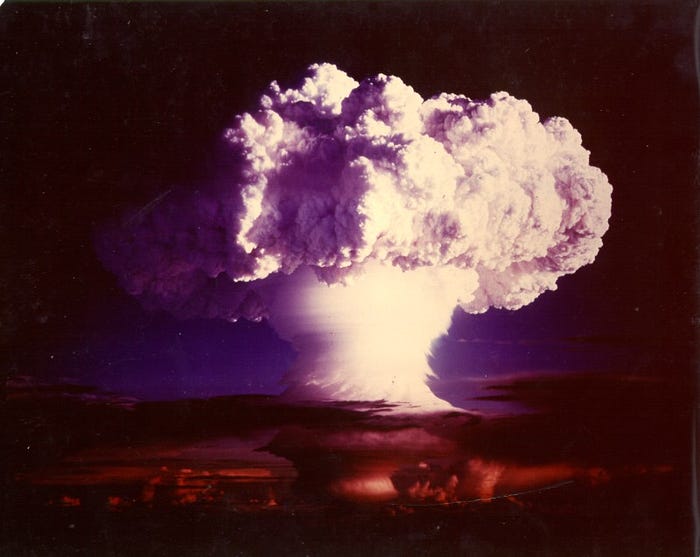How hydrogen fusion will save us (or not)
A recent breakthrough in an experimental fusion reactor has created a shock-wave of news rippling through mainstream media. Writers from all stripes waxed lyrical how this is a major step forward, and how it brings us closer to a ‘clean, safe, almost limitless’ energy source. Reality though is slightly more nuanced.
Asalways, that which is unsustainable, won’t be sustained. Physics, part of Nature’s rule book, works on simple principles like that. It’s not complicated: the system must produce more (much more) energy than what it needs to sustain itself in order to be useful as an energy source. It must produce surplus energy — no wonder that scientists pursuing fusion has made this their primary goal. The US National Ignition Facility (NIF) producing the outstanding result has reportedly achieved just that:
The facility used its set of 192 lasers to deliver 2.05 megajoules of energy onto a pea-sized gold cylinder containing a frozen pellet of the hydrogen isotopes deuterium and tritium. The laser’s pulse of energy caused the capsule to collapse, reaching temperatures only seen in stars and thermonuclear weapons, and the hydrogen isotopes fused into helium, releasing additional energy and creating a cascade of fusion reactions. The laboratory’s analysis suggests that the reaction released some 3.15 MJ of energy — roughly 54% more than went into the reaction, and more than double the previous record of 1.3 MJ.
Translated to human language: a bunch of folks used brute force to ignite a miniature hydrogen bomb in a test chamber (without using an atomic bomb as a fuse). Quite a feat! Did it produce surplus energy? Hell it did. Just like in that ominous experiment seventy years ago. For reference ask the inhabitants of Enewetak Atoll how high surplus energy of this kind can throw coral into the atmosphere.

…click on the above link to read the rest…